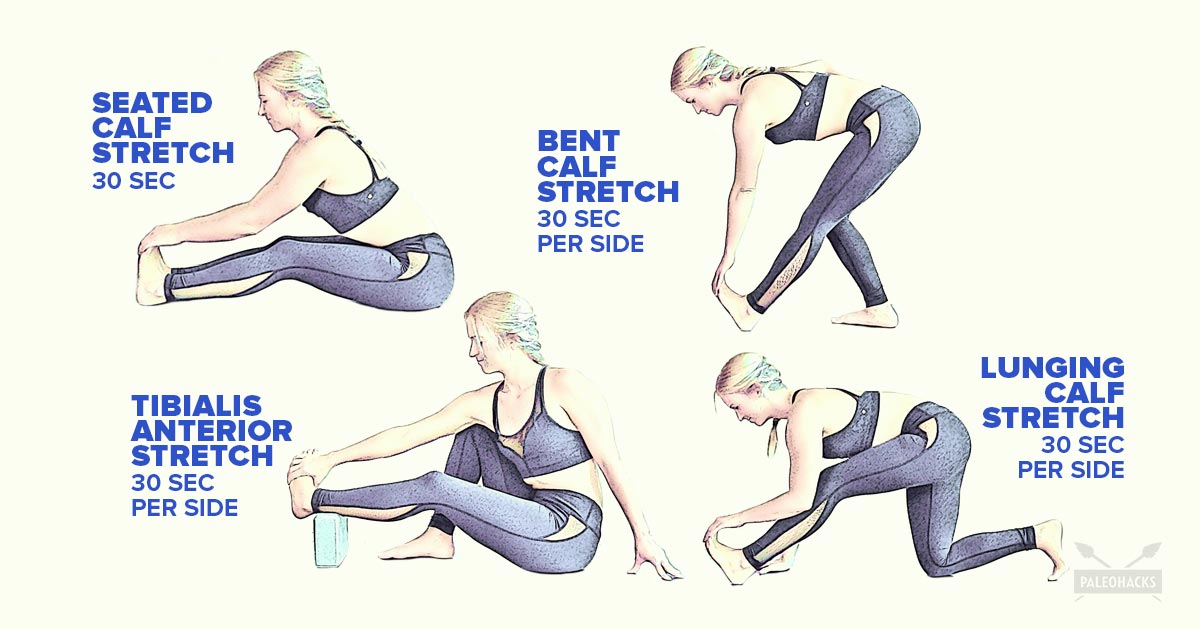



Adductors: Muscles important for pulling the legs together.Hamstrings: A set of three muscles in the back of the thigh important in bending (flexing) the leg.Quadriceps: A set of four muscles in the front of the thigh important in straightening (extending) the leg.The femur is the longest and strongest bone in the body. The bone of the thigh is called the femur. The thigh contains one major bone and many muscles, nerves, and arteries damage, disruption or injury to any of its components can result in dully, achy thigh pain. What causes dull, achy thigh pain? Thigh anatomy If you have thigh pain and any associated symptoms, make an appointment with your healthcare provider in order to get the appropriate diagnosis and treatment. Severity: Does the quality of the pain (dull) change (sharp, burning, tingling, etc.)?.Relief or pain: Are there certain activities or positions that make the pain worse? Anything that makes the pain better?.Frequency: Does the pain and any associated symptoms occur all the time (chronic) or sometimes (acute or occasionally)?.Recurring: Have you experienced such symptoms before?.It is important to pay close attention to your thigh pain and take note of the timing and pattern of your symptoms: Difficulty moving, especially after rest.In addition to the pain you may experience the following symptoms: Common accompanying symptoms of dull, achy thigh painĭull, achy pain in the thigh may signify an underlying condition that needs medical attention. The thigh is necessary for flexion and extension of the knee, flexion, and extension of the hips, and generation of power for movements like jumping and running. It is very successful and associated with a high patient satisfaction rate.The thigh is a major weight-bearing component of the body, and injury or pain in this area can make day-to-day activities difficult to perform. This operation can be done as a day case and will not need any immobilisation but just a few days of rest. Only those few patients that do not improve over time may benefit from surgery which means a portion of the “aponeurosis” of the tight calf muscle is released. In addition, footwear adjustments will help further. The associated forefoot problem (but also the plantar fasciitis and Achilles tendinopathy) should improve with time. When there is less dorsiflexion, a dedicated stretching program should be initiated. With the knee extended, the foot should dorsiflex 10 degrees and with the knee bent dorsiflexion should improve at least another 10 degrees. Assessment is made by gentle passive dorsiflexion of the ankle joint with the knee bent and extended (Silverskjold test).
#TIGHT CALF MUSCLES FOR NO REASON HOW TO#
In order to prevent these problems, knowledge on how to test and how to treat is crucial. Pain in the big toe joint, hallux valgus and hallux rigidus, hammer toe deformities, rupture of the plantar plate, stress fractures and in diabetics, forefoot ulcers can also be the result of the tight calf muscle. The tightness of the gastrocnemius muscle may lead to an overload of the forefoot and can cause capsulitis (inflammation of the MTP joints) which is often referred to as metatarsalgia. It is generally recognised that a tight calf muscle (which in most cases is a tight gastrocnemius) may contribute to Achilles tendinopathies and plantar fasciitis but it is less well known that the calf tightness can be linked to forefoot pathologies. This means, the patient has no problems putting pressure through the foot and pressing it downwards but does not have enough movement “upwards” which can lead to many problems. Most often a genetic predisposition is responsible for the reduced so called “dorsiflexion” of the ankle/foot. High heeled shoes and prolonged periods of sitting at a desk reduce the flexibility of the gastrocnemius muscle. In particular, the gastrocnemius muscle, which spans over three joints (the knee, the ankle and the subtalar joint) plays an important role and can be linked to many foot and ankle pathologies. On the other hand, pathologies “higher up” in the body can contribute to foot and ankle problems. Inappropriate footwear, sedentary working life or excessive impact activities are just a few of them. The more common ones can be linked to modern lifestyle. There are many reasons why the forefoot can become painful. Minimally Invasive Stiff Big Toe Surgeryįoot Pain and the Role of the Tight Calf Muscle.Minimally Invasive Foot and Ankle Surgery.HCA Chiswick Outpatient & Diagnostic Centre.


 0 kommentar(er)
0 kommentar(er)
